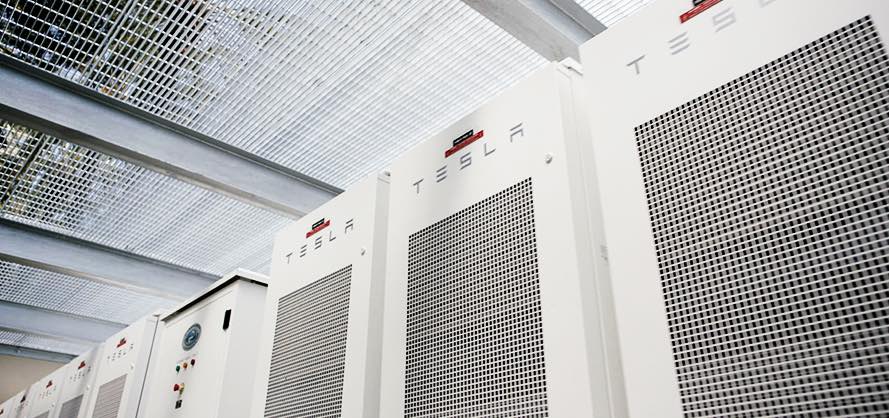
Image: Macquarie.
Battery storage technology used in stationary applications could be as much as 66% cheaper by 2030 provided the current capacity of renewable energy installed globally doubles, finds a new report by the International Renewable Energy Agency (IRENA).
The IRENA report, titled Electricity Storage and Renewables: Costs and Markets to 2030, also found that the installed base of global storage capacity could triple by 2030 if renewable growth trajectory was maintained, while battery-specific storage could enjoy a 17-fold increase.
Launched at Tokyo’s Innovation for Cool Earth Forum, IRENA’s report forecasts a growing role in the stationary storage space for lithium-ion and flow batteries. Currently, stationary electricity storage is 96% pumped hydro worldwide, but as the growth of solar and wind continues, so too will adoption of battery-based storage models.
Aiding the cost reduction of lithium-ion technologies in particular is the electric vehicle (EV) market, which engineered a 73% reduction in lithium-ion battery costs in the sector between 2010 and 2016.
In the stationary sector, small-scale lithium-ion batteries are now 40% cheaper than they were in the fourth quarter of 2014, finds IRENA, as solar+storage applications in advanced PV markets such as Germany facilitate this cost reduction.
“Storage technology will deliver service flexibility to the grid and electricity storage to small-scale rooftop solar applications in markets where commercial and residential electricity rates are high, and grid feed-in remuneration is declining,” said IRENA director of innovation and technology Dolf Gielen.
By 2030, the IRENA report suggests that vast improvements in battery storage chemistry could mean that a typical lithium-ion battery has a 50% longer calendar life and a 90% increase in full cycle capacity. Sodium sulphur batteries – capable of withstanding high temperatures – could enjoy a cost reduction in excess of 60% by 2030, with flow batteries on course for a cost reduction of around two-thirds current prices.
These price declines will increase storage uptake, with batteries used in stationary storage applications on course for a 17-fold increase on current capacity, the IRENA report concluded.










